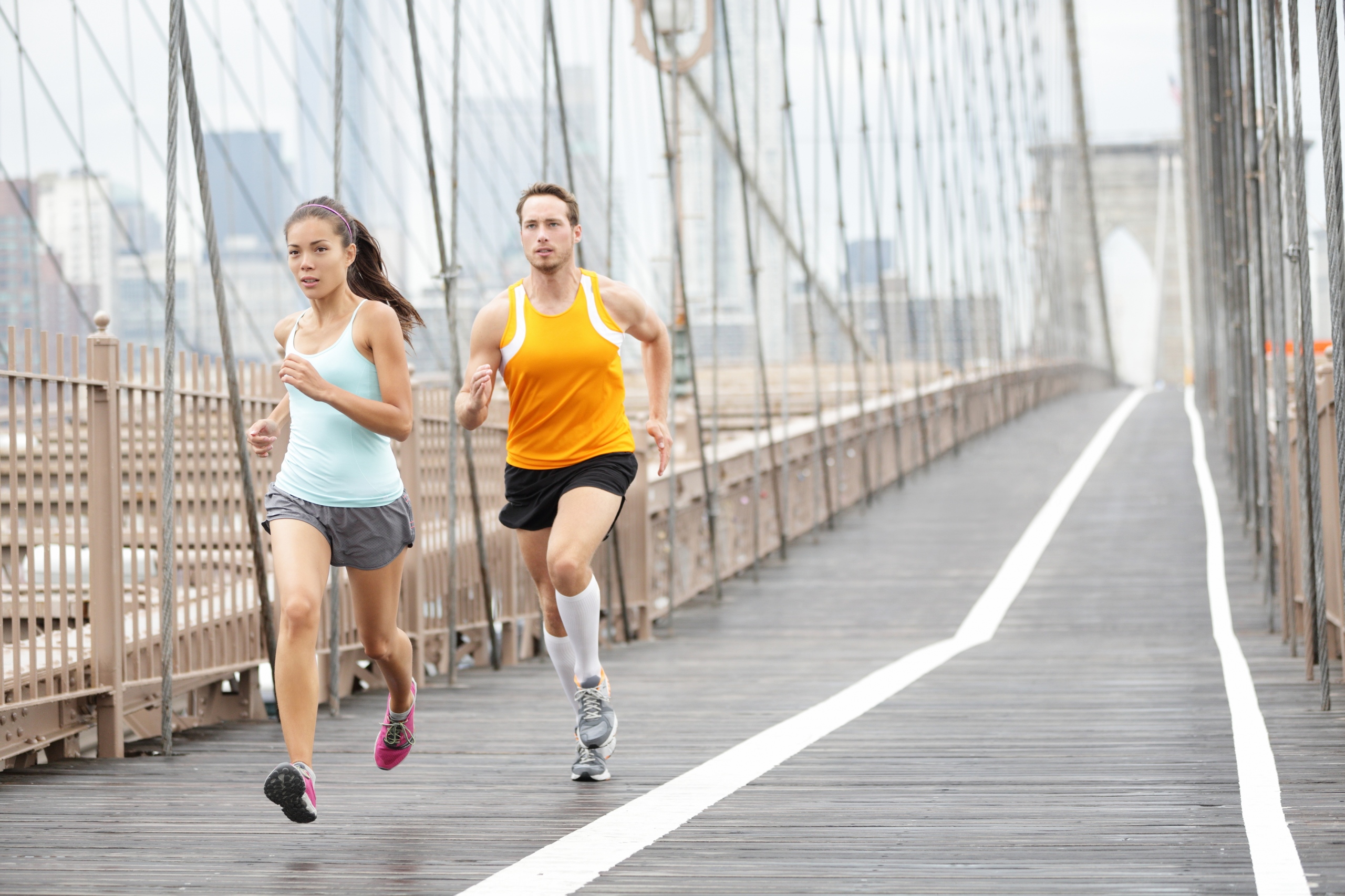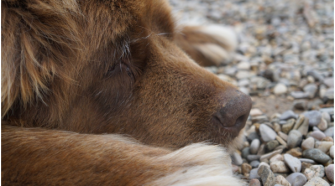To add fashion and functionality in your workout wear, select clothes, wisely. When you jog, wearing the right kind of attire can minimize discomfort, prevent injury, and help in efficient workouts.
Comfort level will depend on several factors like –
- How fast you run?
- How comfortable are you in running during extreme cold or heat?
- How many miles you jog?
This will help you to choose perfect outfit, which can differ in summer and winter.
Base Layers
Jogging is a hot and sweaty exercise, so breathable fabrics like polyester/cotton or spandex/cotton blends are essential. Fabletics is the best online shop to hunt for new jogging clothes. Consider –
- Tops and bottoms that are designed from moisture absorbable fabric
- Skin tight clothes can cause skin irritation
- Baggy clothes slow your jogging speed, which is a vital factor for monitoring your workout time
- Body temperature increases by 15°, so wear easily removable base layers
In Hot Temperatures
- Add sunglasses to block harmful UV rays and protect your eyes
- Foldable and lightweight hat helps to fight the glare and you can stash it easily in your running shorts waistband
- A comfortable sports bra is necessary to prevent your breasts from drooping, in future
- The best supportive bra with raceback style and wide straps is recommended
- For jogging shoes with lots of support is necessary
- Standard jogging shoes will be fine for running on well-tended paths but trail-runners are best for hitting the trail, while running
In Winter Temperatures
Winter running means you need to deal with plenty of ice, snow, rain, hail, and sleet. Even in winter you will need to wear the ideal gear to stay dry, warm, and comfortable.
Below 32° Temperature
- Start with wicking tank-top
- Pull over a long-sleeved base layer shirt (mid-weight)
- On top of this base layer shirt wear a wind-stopping jacket
- Put on wicking socks reaching to your knees, so as to keep calves warm
- Warm running tights are appropriate
- Wear running gloves to protect your hands, lightweight hat, neck warmer, and sunglasses
- Apply lip balm and cold cream
- Water-resistant running shoes will keep your feet dry and give more traction to prevent you from slipping on ice or hard snow
Above 32° Temperature
- Dress in layers, but the insulated middle layer must be left out
- A thin zippered jacket is easy to take off, when body temperature rises. Moreover, the zippered pockets help to stash headgear and gloves, while warming
- Running tights help to keep legs warm, if the climate is windy and regular fast drying pants, if there is no breeze
- Instead of hats, you can select ear-covering headbands to keep ears warm
- Trail runners are ideal but remember to wear wicking socks as well as avoid running in puddles, while running
- Wind resistant gloves are perfect to avoid chills and you can stash them easily, after warm up
- Sunglasses, sunscreen and lip balm are necessary, even if you jog under cloudy skies












